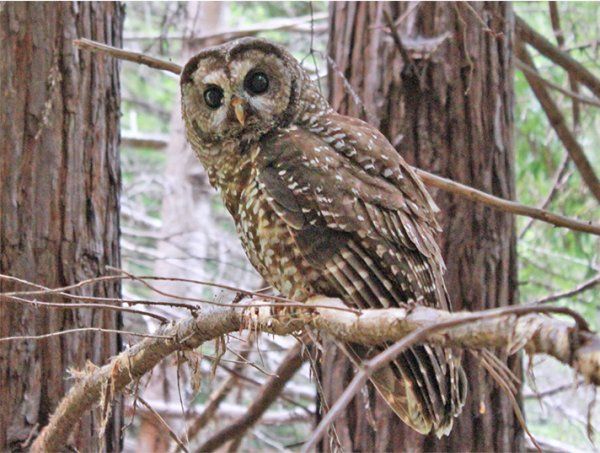Discover our unique collections, thoughtfully designed to suit every style and occasion.
Since 1994, Mud Australia has created elegant and timeless porcelain homewares.
The original Mud Australia store opened in Woollahra in 2007. Since then we’ve opened 13 stores globally.
Explore inspiration, gift registries, corporate gifting and gift cards.

Measure, offset, reset
Our carbon neutral journey
Measure
What’s in a carbon footprint?
Calculating your true carbon footprint requires a certified Greenhouse Gas accounting expert. We partnered with South Pole to evaluate all our GHG emissions using operational data from the last financial year. This meant accounting for everything from the electricity that fires our kilns to the transport our staff take to get to work each day. The total number reflects the metric tonnes of Carbon Dioxide Equivalent (C02) produced by Mud Australia in one year.
So what’s our carbon footprint?
South Pole calculated a total GHG emissions of 1074.91 metric tonnes of C02e between July 2019 – June 2020. Our largest areas of emissions were electricity, freight and travel. The audit has not only allowed us to precisely offset our emissions but evaluate areas of improvement for years to come.
How does our carbon footprint measure up?
For perspective, 1074.91 tonnes of C02 equates to either:
— driving 232 cars for one year
— power 182 homes with electricity for one year
— charging 137,086,661 smart phones
(Source: epa.gov/energy/greenhouse-gas-equivalencies-calculator, 2020)

Reduce
On review of our GHG accounting report provided by South Pole, we have recognised opportunities to reduce our emissions in the below areas.
Freight
29% of our emissions
FY 19/20 Freight Carbon Footprint
Road 45.91 tC02e
Sea 19.45 tC02e
Air 127.35 tC02
Reduction Action
A shift from air to sea freight for large scale stock deliveries and the option to ‘click&collect’ goods purchased online from our studio.
Base building electricity
17.7% of our emissions
Reduction Action
Installation of 100kW commercial solar panels in our new studio space with an annual target reduction of 6.78%.
Air travel
5.2% of our emissions
Reduction Action
Reducing international transport by our digital communications with our global stores.

Offset
Mud Australia’s entire carbon footprint was offset through carbon credits certified to internationally recognised standards.
Some of the projects we support include forest protection and renewable energy projects, including:
Mount Sandy Conservation, South Australia
The re-vegetation project Mount Sandy Conservation, a project that brings together Indigenous and non-Indigenous communities working across land management in the rare pockets of wetlands of the Coorong National Park and Lake Albert. The land is a significant wildlife corridor and of great importance to the local Ngarrindjeri people.
Image: Mount Sandy Conservation, photo courtesy of South Pole
Myamyn Lowland Forest Conservation, Victoria
The Myamyn Lowland Forest Conservation project works across native revegetation in Victoria’s Annya State Forest. This project enhances biodiversity and habitats for vulnerable native species including the brown bandicoot, powerful owl and long-nosed potoroo.
Image: Myamyn Lowland Forest Conservation, photo courtesy of South Pole
The Conservation Fund’s Garcia River Project, California
We also chose an American offset project, given our presence in the US. We have invested in The Conservation Fund’s Garcia River Project, a Californian project which is the first large non-profit owned sustainable timber harvesting operation. The project has provided local jobs, protected nearly 10,000 hectares of ancient forests and improved the habitat for rare wildlife including the Northern spotted owl.
Image: Californian Redwood Garcia River Forest Protection Program, photo courtesy of The Conservation Fund












